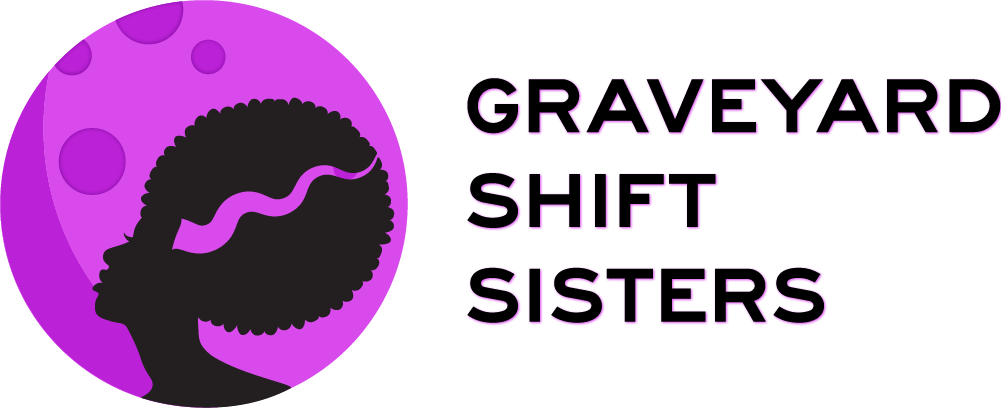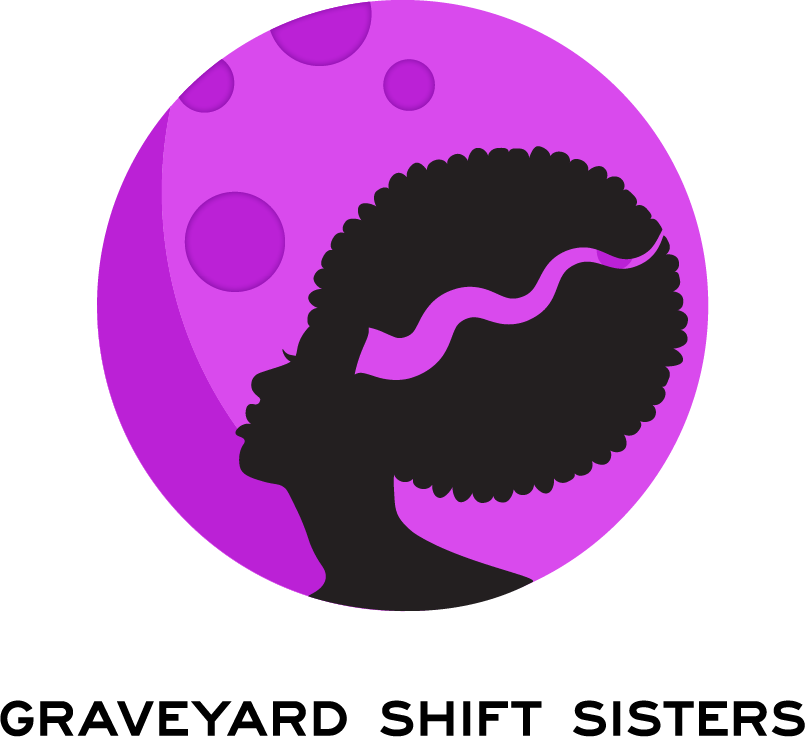Searching For Sycorax: Confirming A Black Women's Horror Aesthetic
"Folkloric Horror: A New Way of Reading Black Women's Creative Horror"
Thesis: Black women artists who create works classified as horror "specifically revise and and redefine the genre" by grounding their subversive storytelling in the ever-present issues/fear surrounding womanhood with "the principles of natal African religions." This section demonstrates a way to understand the aesthetic approach of black women horror creatives and its "literary history in black women's writing," and the use of folkloric horror to examine contemporary black women's writing.
Keywords:
folkloric horror - a theoretical framework" that examines black women's "own creative horror aesthetic" that shows consumers/the audience how "to look" at a text developed from the perspective of someone who experiences multiple identities at once.
-purposely implements knowledge systems of African religions (Vodou, Obeah, Santeria)
-possession is treated as a practice in a narrative that is "valid" and "valued"; death or the "living-dead" are present as guides, wisdom barrers, and a presence to maintain, traditions, ethics, etc.
-centers black women: their journey, inner strength, and so forth
-celebrates the feminine of the these African religions
Discussion Topics:
Commonly in films and TV, black women who are magical and conjurers are minor characters held under the authorative rationality of supernatural situations. They are brought in as "believers" usually to aid main, white characters. Black women writers, specifically those Dr. Brooks use in her examples, center black women characters in journeys that favor their conjure knowledge and/or self-posessed activities in root work/magic that is driven by their emotions, wants, needs, and is essentially, their story.
Erna Brodber’s Louisiana and Gloria Naylor’s Mama Day both inspire the folkloric horror theoretical framework that demonstrate the way in which black women’s classic literature maintains elements of horror and building a foundation of a black women’s horror aesthetic by:
-centering and complete acceptance of African religions (use of herbs for healing, communication with ancestors and adhering to their knowledge, spiritual possession, works for the community/family’s good, enactment of curses, dire consequences for not accepting “the power of the spiritual world”)
-developing black female protagonists who embark on a journey of greater self-discovery, guided by the “living and living-dead”
Black Women's Horror Aesthetic:
Further in contemporary literary works, a black women’s horror aesthetic follows “the black feminist literary tradition of tackling difficult subjects that affect black women’s lived realities—but actively use horror and supernatural elements to highlight the ways that African spirituality offers both problems and solutions” that take to task the ambiguity of morality, divorcing from static concepts of good and evil. These narratives commonly do not have any joy and goodness in them and highlight traumas unique to the black, female experience, offering no clear endings.
Examples:
“Chocolate Park” by Chesya Burke
Subverts the foundation of goodness used in African spiritual practices, creating a contemporary character (Lady Black) that is “powered by a furious anger that strips her humanity,” although she uses her supernatural abilities to rid the projects of drug dealers and pedophiles with spells and zombies. Yet she additionally offers spiritual counseling and works to serve her community.
This contemporary story is riddled with the effects of lower socioeconomic living conditions, the trauma of sexual assault, gang violence, and drugs.
“Rosamojo” by Kiini Ibura Salaam
Revises and evolves the idea of spiritual possession and mentorship as the title character, having to endure incest by her father is a charmed young woman, alone to discover her gifts and uses them to enact revenge and protection. Spirits possess her in order to keep her from her father’s wrath. She is possessed by ancestral spirits, not demons.
This is a story without a happy ending; her father haunts her and she refuses to forgive him, constantly yearning for the childhood she never had.
Discussion Questions:
Folkloric horror has four facets. What are they and ultimately, how to they subvert common themes and practices we see in mainstream horror?
What are difficult aspects of living that black women uniquely and a part from others suffer from disproportionately? Which tropes commonly seen in horror are often used to express these difficulties?
Order Searching For Sycorax now!
Image: Black girl on a forest road By Gabriel (Gabi) Bucataru

